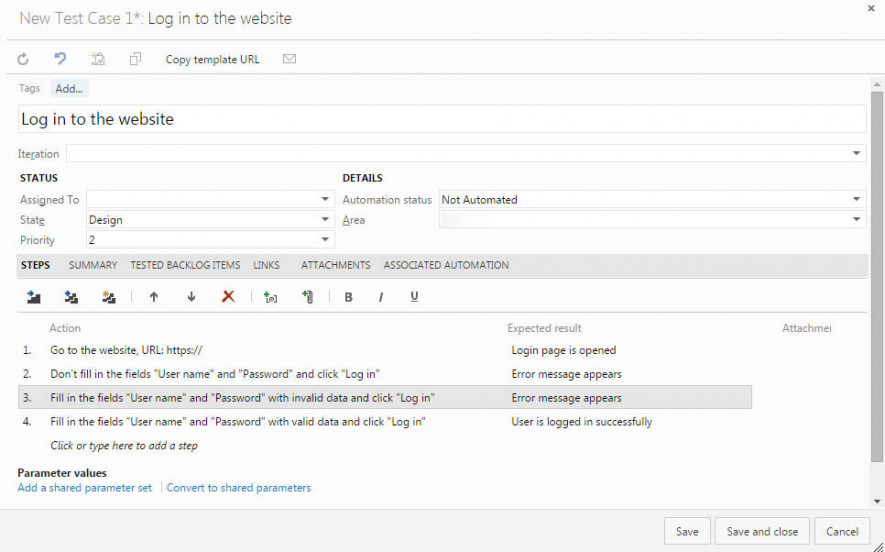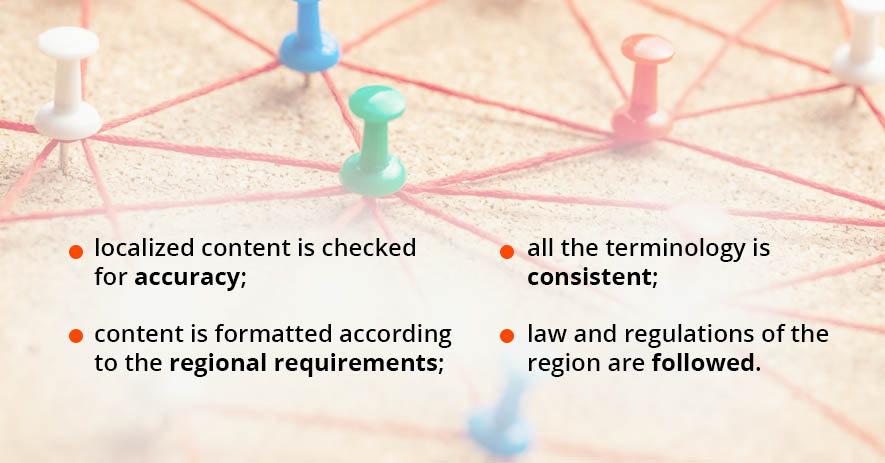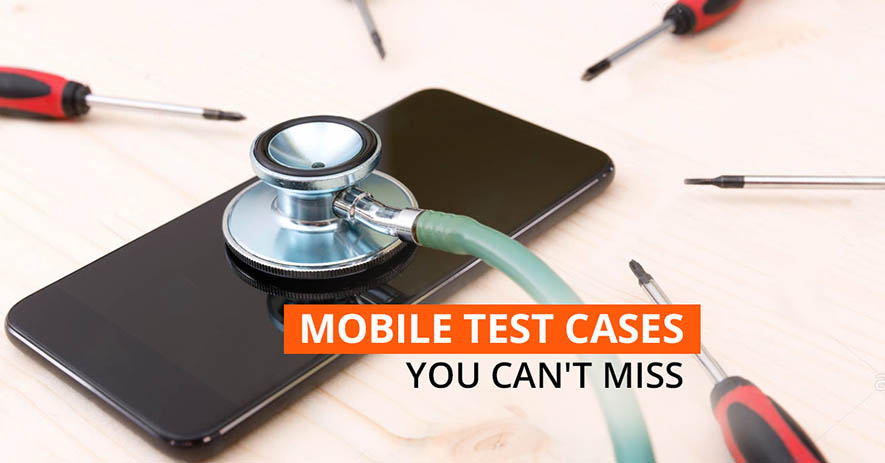- QATestLab Blog >
- Mobile Testing >
- 9 Essential Mobile Test Cases
Efficient mobile testing requires proper preparation. Creating mobile app test cases rationally helps you to find a lot of issues that affect both functionality and user experience. Today we decided to gather in our blog the best test case examples you should better have in your test suite. Also, we have prepared useful advice on how to create and perform them.
1. Functional Test Cases
Among all types of test cases, this one is definitely the most important one. It is aimed to check that app functionality corresponds to all requirements. When writing test cases do not forget to cover the following aspects:
- interruptions handling (SMS, calls, and notifications),
- installation and launching process,
- operating in a multitasking environment.

Functional tests may be executed in two ways: scripted testing and exploratory one. Scripted implies that testers conduct checking by following defined steps. Exploratory, in its turn, lets testers investigate the app and discover the issues on the fly.
2. Performance Test Cases
Since modern digital users do not have time for slow, error-prone applications that crash due to heavy workloads, an app should be evaluated for stability, speed, scalability before the market launch. Effective performance testing ensures that your application meets acceptable criteria for reliability and performance at an expected load. While creating performance tests, think about key performance indicators, requirements for the testing tool used, the right time to conduct performance testing. Automated test cases are mostly used when conducting performance testing.
3. Battery usage Test Cases
Battery usage is a part of the performance testing, still, this aspect is among the separate top priorities for mobile apps developers. Mobile apps become more demanding for computing power, thus, consume more battery resources, which greatly influences customers’ experience.
While testing battery usage, pay attention to not only energy consumption of the app, but also battery usage leaks. Also, check how the app performs in case of a low battery.
4. Usability Test Cases
Usability testing of mobile apps ensures that end-users get easy to use and user-friendly interface. During usability testing, focus on buttons and other elements: size, style, and location. Also, try to enlarge and reduce the objects, check if the process goes smoothly. Make sure that user guides are clear and easily accessible. Do not forget to fold the keyboard. Try both – portrait and landscape orientations.
5. Compatibility Test Cases
Compatibility testing ensures equal user experience for customers with different devices. When conducting compatibility testing, consider testing on the top smartphones and the most popular OSs, in different mobile browsers, and with different device configurations.
6. Security Test Cases
This group of test cases is aimed to check that the app’s data are protected, and all the requirements for security are met. For effective security testing, try to find each possible way to get users’ logins, passwords, and credit card numbers. Try to access content with no authentication. Do not forget to make SQL injections.
7. Localization Test Cases
As far as properly localized apps outclass competitors, localization testing requires special focus. To conduct effective localization testing, make sure that:

Also, make sure that localized content is of the same type and has the same number of elements as the original one.
9. Regression Test Cases
The quality assurance process doesn’t stop once an app has been released. Each release update requires regression testing to check that newly implemented features have not affected existing functionality. For efficient regression testing, constantly check any changes to existing functionality and newly implemented features.
Last word on necessary mobile test cases
QATestLab conducts different types of mobile software testing on more than 250 mobile devices with different configurations. We treat the success of our clients as our success. Thus, our team will be glad to help your app to stand out among the competitors and get the best positions on the popular marketplaces.
Learn more from QATestLab
Related Posts:
- Top 8 Trends in Mobile App Development for 2020
- Warning Signs: How to Identify Inefficient Test Automation in Your Project
- How We Incorporate AI in Our QA Processes
About Article Author
view more articles
has more than 2-year experience in blogging and copywriting, copyediting and proofreading of web content.
View More Articles







No Comments Yet!
You can be the one to start a conversation.